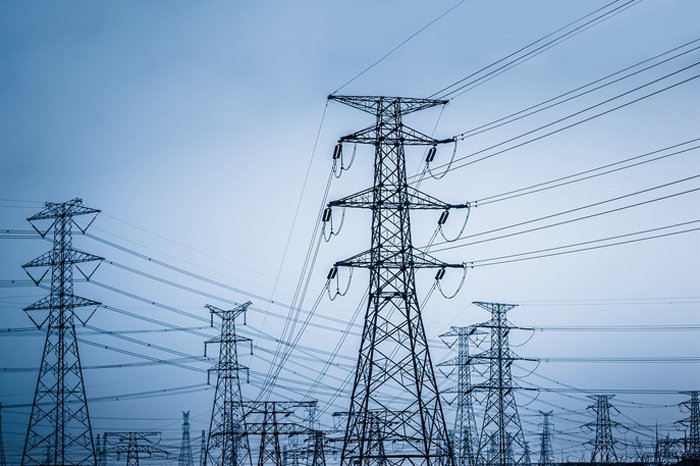Moldova, Romania to conduct feasibility studies on power system interconnection
12:26 | 15.12.2015 Category: Economic
Chisinau, 15 December /MOLDPRES/- The Moldelectrica state-owned enterprise and Institute for Studies and Power Engineering (ISPE) from Romania on 14 December signed a contract on development and presentation of feasibility studies on interconnection of electric power systems of Moldova and Romania.
Within the study, competent representatives will be analyze possibility of the interconnection, via three projects, with Back-to-Back stations on the present high-voltage line Isaccea-Vulcanesti, as well as on two new high-voltage lines Iasi-Ungheni-Straseni and Balti-Suceava, Deputy Economics Minister Valeriu Triboi has said.
The official added that, “to implement this 12-month contract, European partners will provide a grant amounting to over 1.1 million euros. Under provisions of the contract, the first stage of the feasibility study is to be completed by 30 June 2016."
The director-general of Moldelectrica company, Ghenadi Dimov, noted that the way running of Moldova's electric power system was to be estimated in the conditions of import of electricity from Romania, impact of the imported power through the three export points from Romania, as well as the choosing of constructive types of installations Back-to-Back.
“In accordance with the detailed feasibility studies, due to be presented by ISPE, plans will be prepared on purchase of equipment and materials complying with policies and procurement rules of the European Bank for Reconstruction and Development /European Investment Bank (EBRD/EIB), as well as plans on projects’ implementation”, Dimov said.
Interconnection between Moldova and Romania can be currently made through an overhead line of 400 kV Vulcanesti-Isaccea and three lines of 110 kV. “There is a critical need for other high-voltage lines to meet safety criteria and increase interface capacity. Till 2020, the future expansion of electricity network will include two lines of 400 kV of interconnection with the Romanian power system Suceava-Balti and Straseni-Ungheni-Iasi," the Energy Strategy for the period until 2030 reads.
Data by the National Energy Regulatory Agency shows that about 80 per cent of electricity of Moldova was covered from one source, Kuchurgan power plant, in the first half of 2015. Experts say that dependence on a single source jeopardizes the country’s energy security.
(Reporter V. Bercu, editor M. Jantovan)

